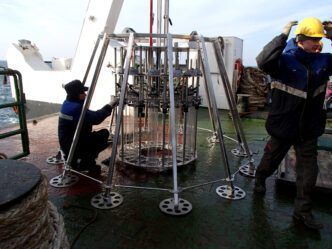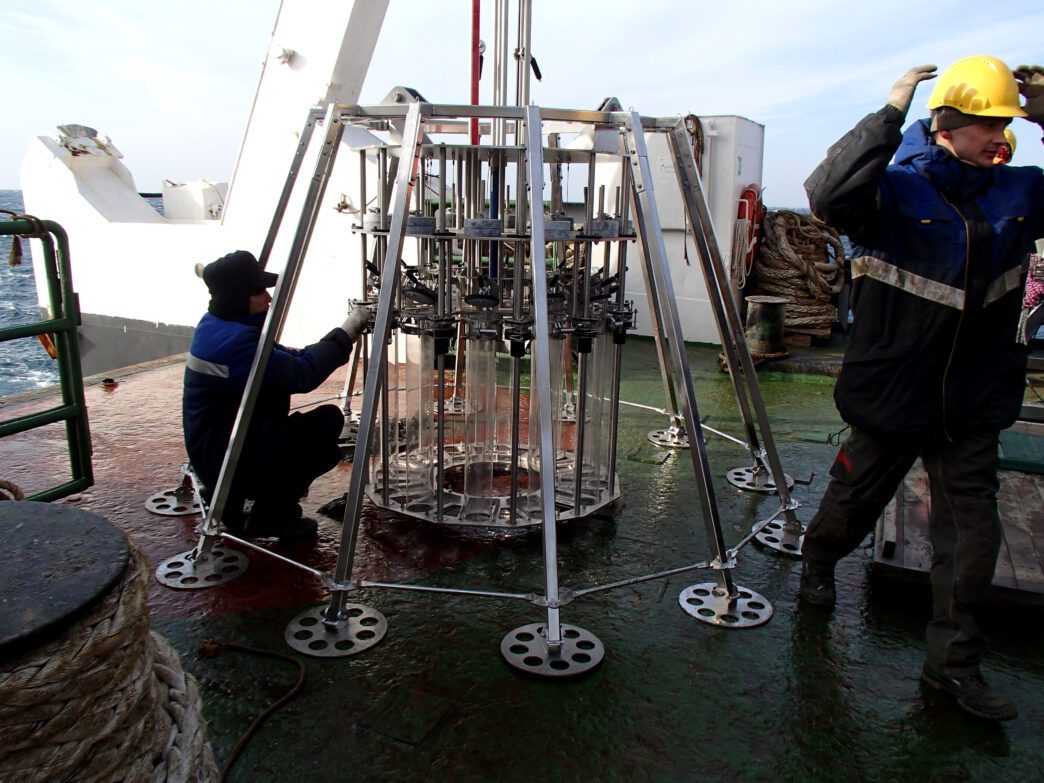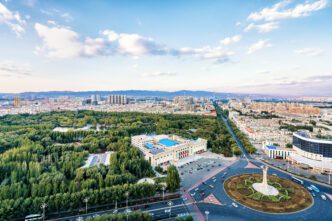Executive Summary
- Japan and the United States will jointly explore rare earth mining in the Pacific waters near Minamitori Island, a collaboration announced by Prime Minister Sanae Takaichi after discussions with President Donald Trump.
- This strategic initiative aims to diversify the global supply chain for critical rare earth minerals and mitigate reliance on China, which currently dominates their extraction.
- Initial feasibility tests for extracting rare earth mud from the substantial deposits near Minamitori Island are scheduled for January, with trial operations projected to commence by January 2027.
The Story So Far
- The joint exploration for rare earth minerals by Japan and the United States stems from a shared concern over China’s significant global dominance in the extraction of these critical materials, which are vital for advanced technologies and national security. This strategic collaboration, formalized during President Trump’s visit to Tokyo, aims to diversify the global supply chain and reduce reliance on a single source, leveraging the substantial rare earth deposits confirmed near Japan’s Minamitori Island.
Why This Matters
- The joint initiative between Japan and the United States to explore rare earth mining near Minamitori Island, a key outcome of discussions between Prime Minister Takaichi and President Donald Trump, represents a strategic effort to diversify the global supply chain for critical minerals, directly aiming to mitigate reliance on China and enhance the economic and national security of both nations in advanced technology sectors.
Who Thinks What?
- Japanese Prime Minister Sanae Takaichi announced the joint exploration with the U.S. for rare earth mining near Minamitori Island as a strategic collaboration to diversify global supply chains, mitigate reliance on China, and bolster Japan’s maritime and economic security through a national project.
- President Donald Trump formalized a framework agreement with Japan to secure rare earth supplies, viewing this partnership as a key step to diversify the global supply chain for critical rare earth minerals and address economic and national security concerns related to China’s market dominance.
Japan and the United States will jointly explore the development of rare earth mining in the Pacific waters surrounding Minamitori Island, Japanese Prime Minister Sanae Takaichi announced on Thursday, November 6. This strategic collaboration, a key outcome of her recent discussions with President Donald Trump, aims to diversify the global supply chain for critical rare earth minerals and mitigate reliance on China, which currently dominates their extraction.
Strategic Partnership for Critical Minerals
Joint Development Initiative
Prime Minister Takaichi disclosed the joint study during a parliamentary session, highlighting that co-development of rare earth minerals was a central topic in her meeting with President Trump last week. During President Trump’s visit to Tokyo, the two nations formalized their commitment by signing a framework agreement focused on securing rare earth supplies.
Countering China’s Dominance
The initiative is a direct response to China’s significant global dominance in rare earth extraction. These materials are indispensable components in a wide array of advanced technologies, from electric vehicles to advanced fighter jets, making their reliable supply a critical economic and national security concern for both Japan and the U.S.
Minamitori Island’s Potential
Abundant Reserves
Minamitori Island, located approximately 1,900 km (1,180 miles) southeast of Tokyo, is situated in an area confirmed to hold substantial deposits of mud rich in rare earth minerals. Surveys have verified the presence of these valuable reserves at depths ranging from 5,000 to 6,000 meters within Japan’s exclusive economic zone.
Feasibility and Production Timeline
Japan plans to commence initial tests in January to assess the feasibility of extracting rare earth mud from depths of 6,000 meters. Should these tests prove successful, the national project aims to launch trial operations by January 2027, with the capacity to recover 350 metric tons of mud per day.
Broader Implications
Japan’s National Project
This joint venture aligns with Japan’s broader national strategy to bolster its maritime and economic security. The Japanese government is actively pursuing a comprehensive national project to establish domestic rare earth production capabilities, reducing its vulnerability to supply chain disruptions.
Global Rare Earth Landscape
While China currently leads global rare earth extraction, the United States and Myanmar account for 12% and 8% of the world’s supply, respectively. The Japan-U.S. collaboration represents a concerted effort to shift this balance and foster greater diversity in the critical minerals market.
Outlook
The joint study between Japan and the United States marks a significant step towards enhancing the resilience of global supply chains for critical rare earth minerals. This strategic collaboration underscores a shared commitment to economic security and reduced dependency on single-source suppliers in a geopolitically sensitive sector.








